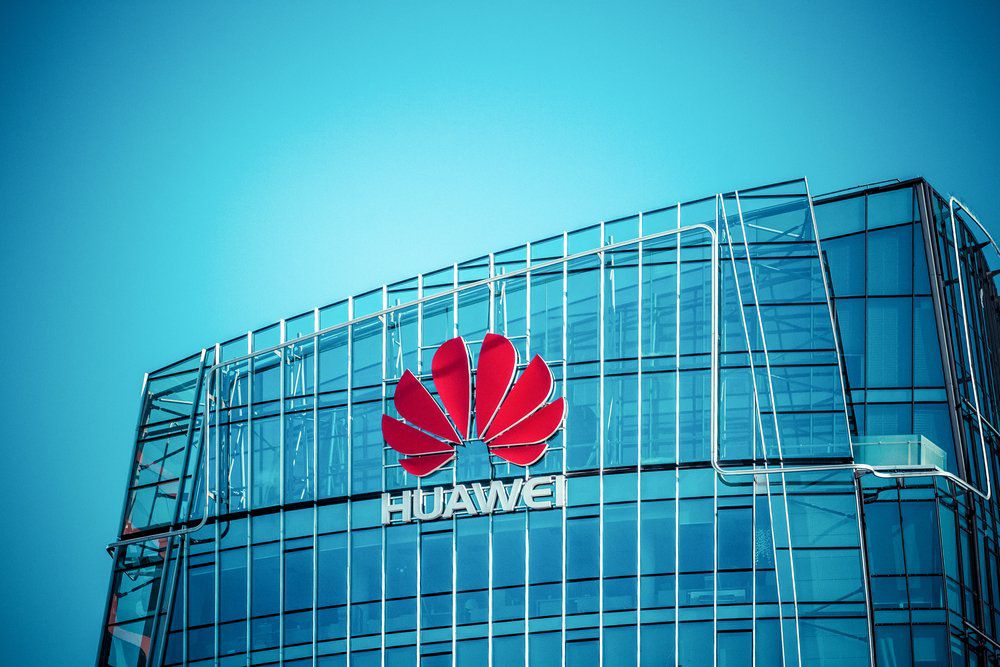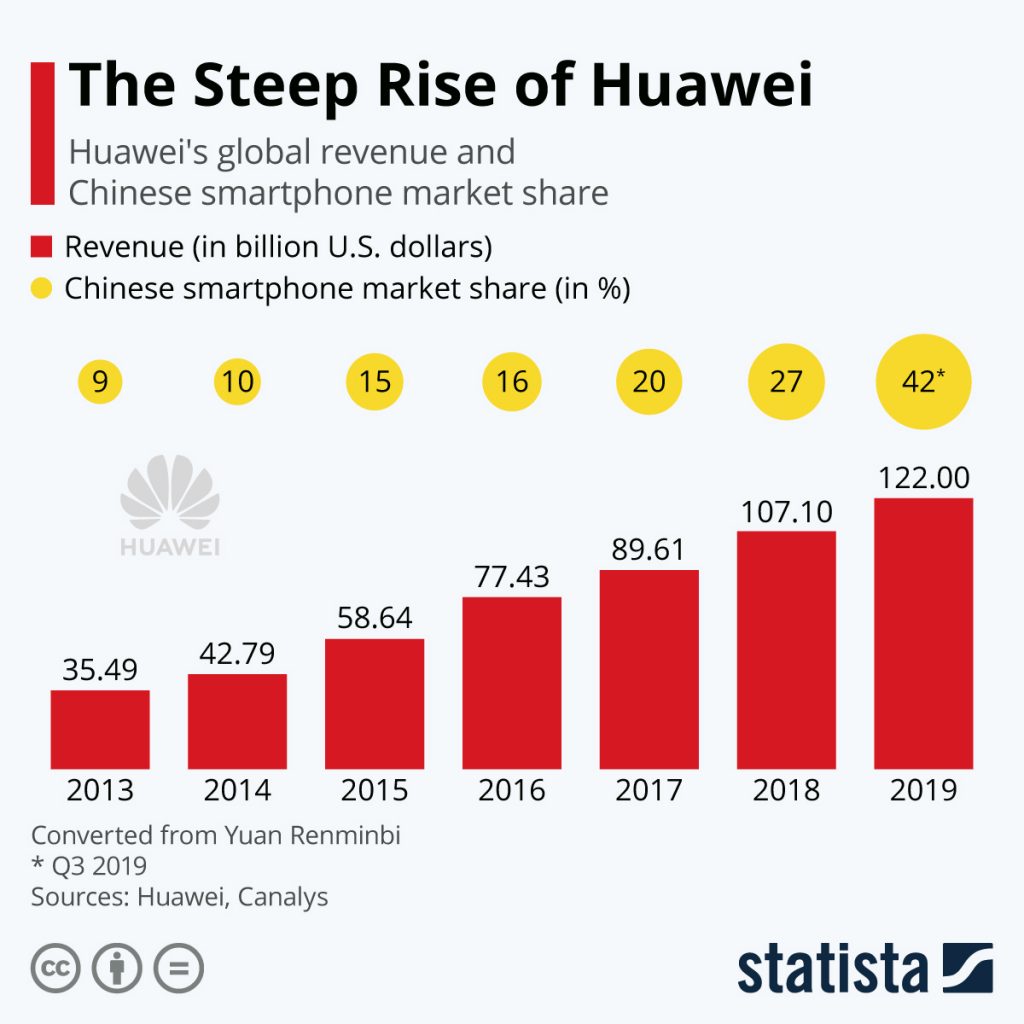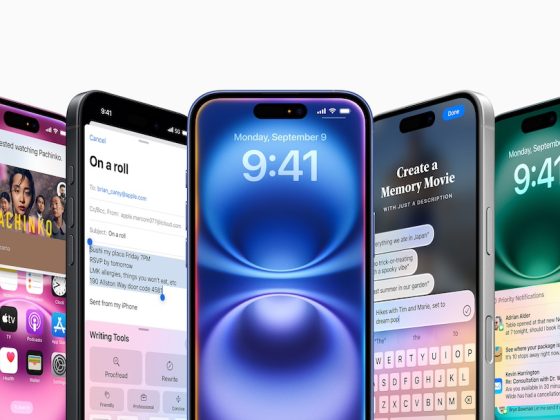Huawei attained a record-breaking US$122 billion in revenue in 2019, according a message by Huawei’s rotating chairman Eric Xu.
This revenue obtained by Huawei is an 18% increase when compared to that of 2018. A total of 240 million Huawei handsets were sold worldwide in 2019, up by 36 million units from 2018.
From our partners:
“These figures are lower than our initial projections, yet business remains solid and we stand strong in the face of adversity,” according to Xu.
Growth under pressure
The trade war between the US and China exerted a large amount of pressure on Huawei.
Last year, US tech companies were banned from doing business with Huawei. This led to Huawei’s Mate flagship line of devices being released without Google Play, though they’re still running on Android since the operating system is open-source.
Without Google Play, Huawei is highly limited in the range of mobile applications it can offer. This lessens its appeal to smartphone users despite the powerful specifications of their latest model releases.
In spite of this hurdle, Huawei managed to register the largest growth in 2019 Q3.
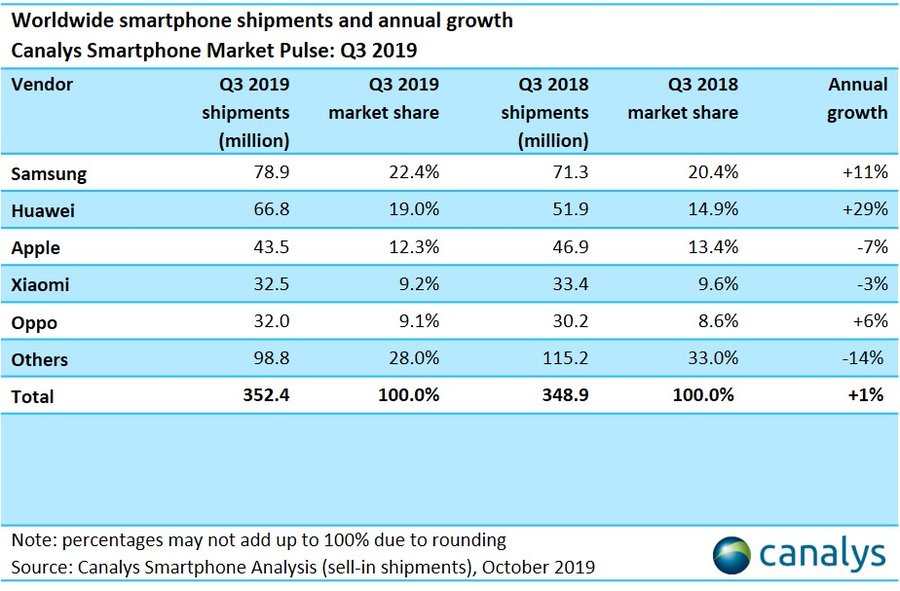
Looking at the figures, it is clear that Huawei managed to gracefully recover from the damage of the Huawei ban during the second quarter.
According to Canalys, Huawei managed to pull off this steep growth by focusing on the smartphone market in mainland China.
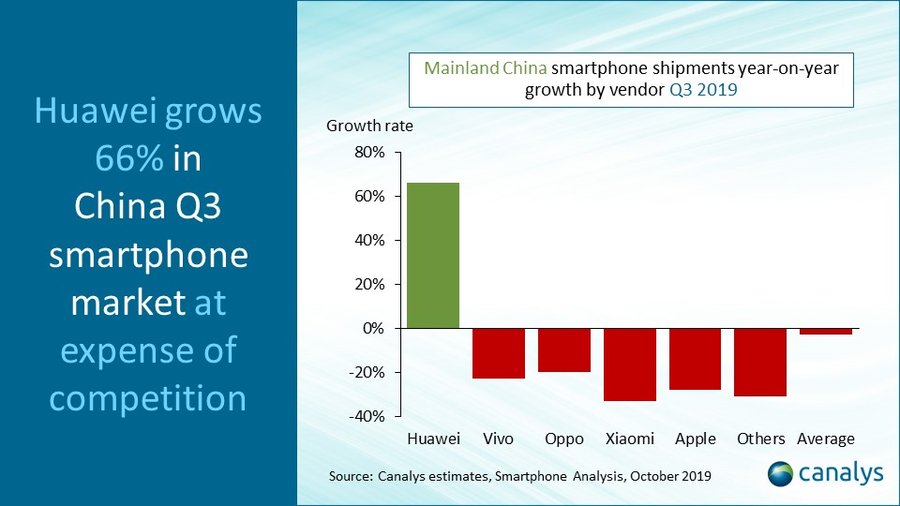
In Q3 2019, Huawei grew by a massive 66% in China, while all of the other top smartphone companies shrank in market size during the said period in the country.
“It’s dominant position gives Huawei a lot of power to negotiate with the supply chain and to increase its wallet share within channel partners,” according to Canalys VP of Mobility Nicole Peng
Peng also added that Huawei’s dominance can be further cemented with its tight operator relationships in the deployment of the 5G network,
Not out of the woods
While Huawei asserted dominance last year, Canalys Senior Analyst Ben Stanton pointed out that the shipments during 2019 Q3 are models which were made before the Huawei ban, meaning they shipped with Google Mobile Services (GMS).
“But its post-Entity List models, like Mate 20, bring uncertainty because there is resistance from channels in critical overseas markets, like Europe to support Huawei devices without Google Mobile Services,” Stanton commented.
This early 2020, Huawei is expected to launch new models in the Y-series and the P-series of devices which are the primary revenue drivers of Huawei during the first half of the year.
Given that the political condition seems to be not in favor of Huawei, it remains uncertain if the company can maintain grace under pressure just like it did in the past year.
In the midst of all the growth. even Huawei’s Xu acknowledges that the continued pressure on Huawei due to the trade ban will make it difficult for the company to thrive.
With that in mind, Xu said that survival is the top priority of Huawei in 2020.
For enquiries, product placements, sponsorships, and collaborations, connect with us at [email protected]. We'd love to hear from you!
Our humans need coffee too! Your support is highly appreciated, thank you!
